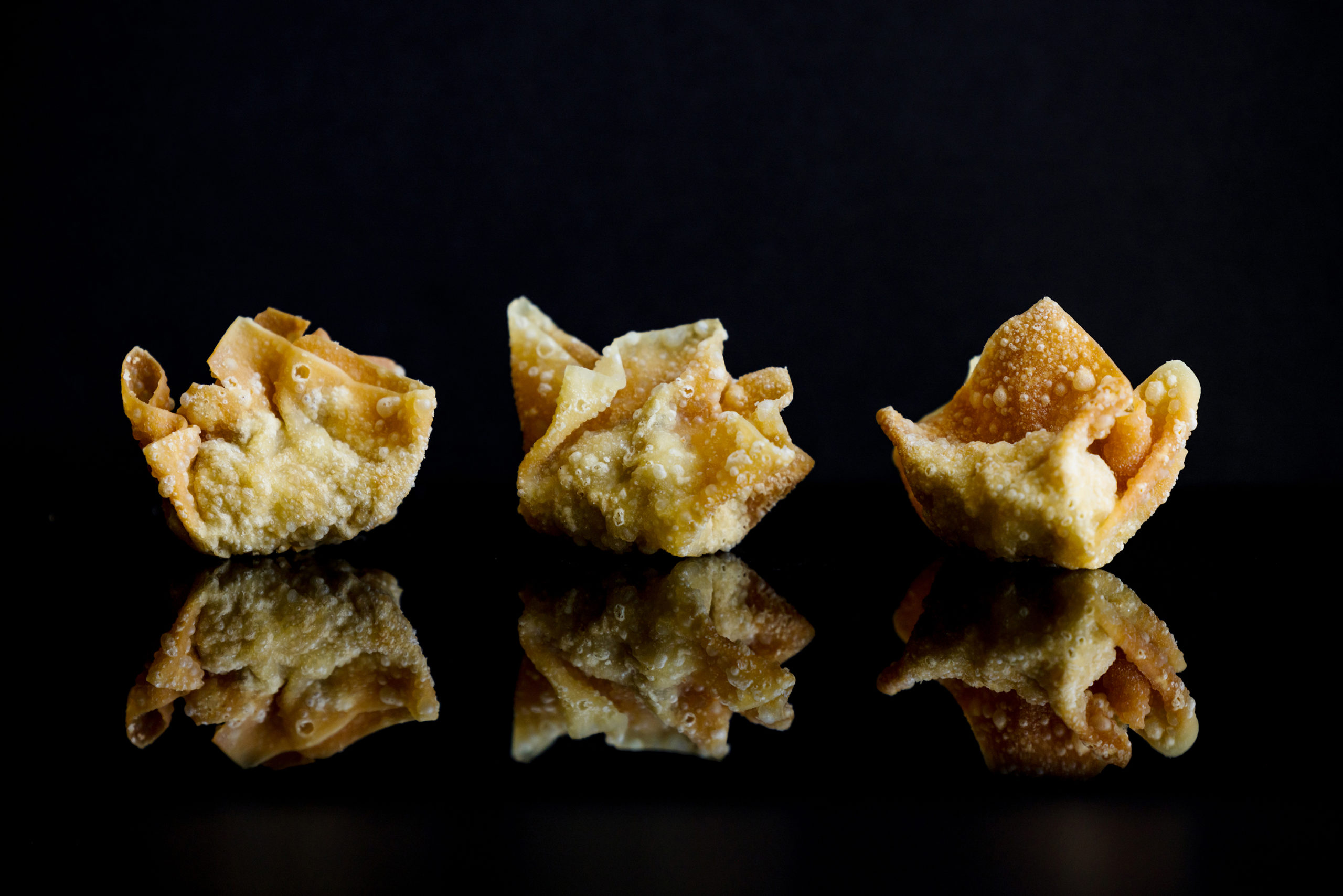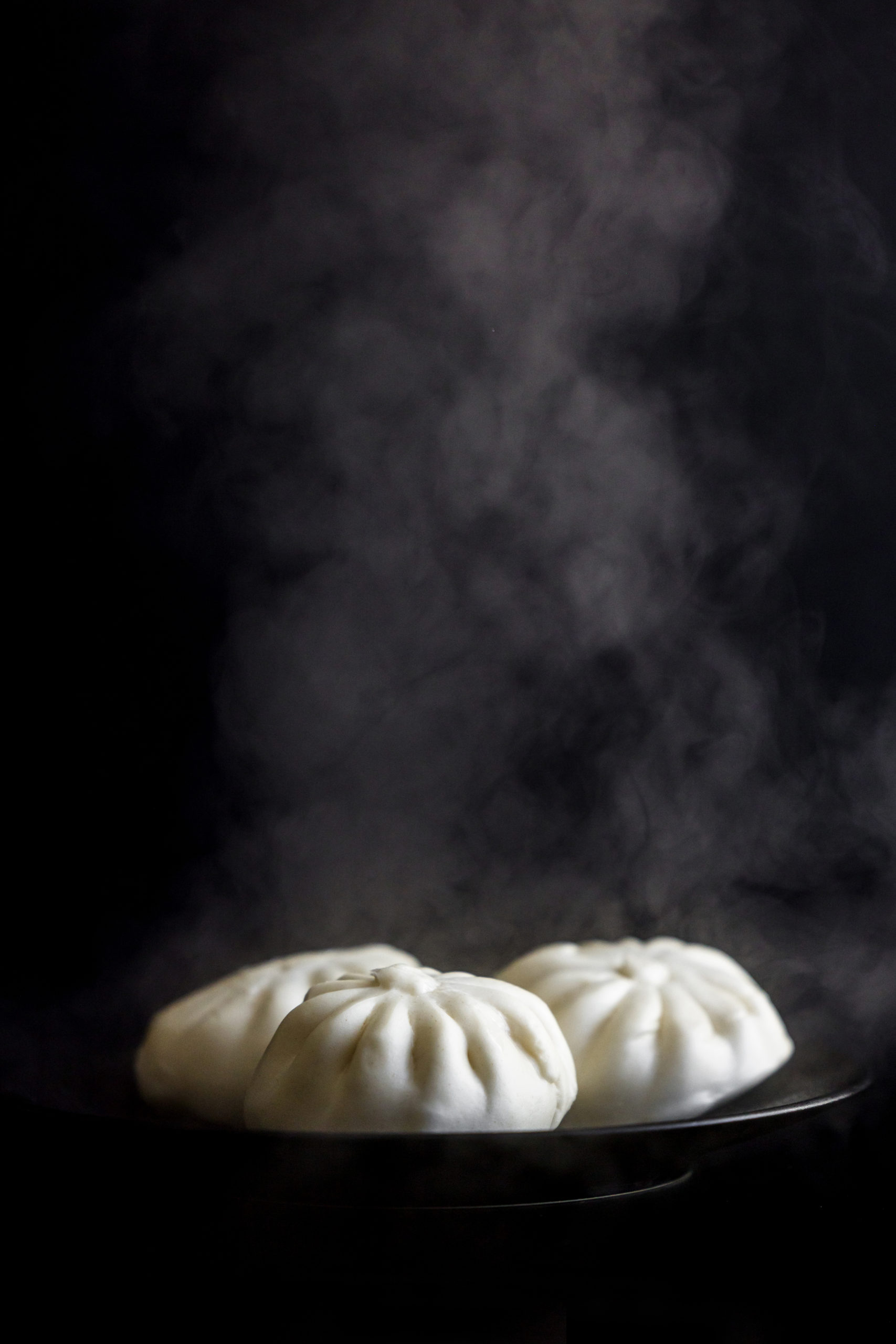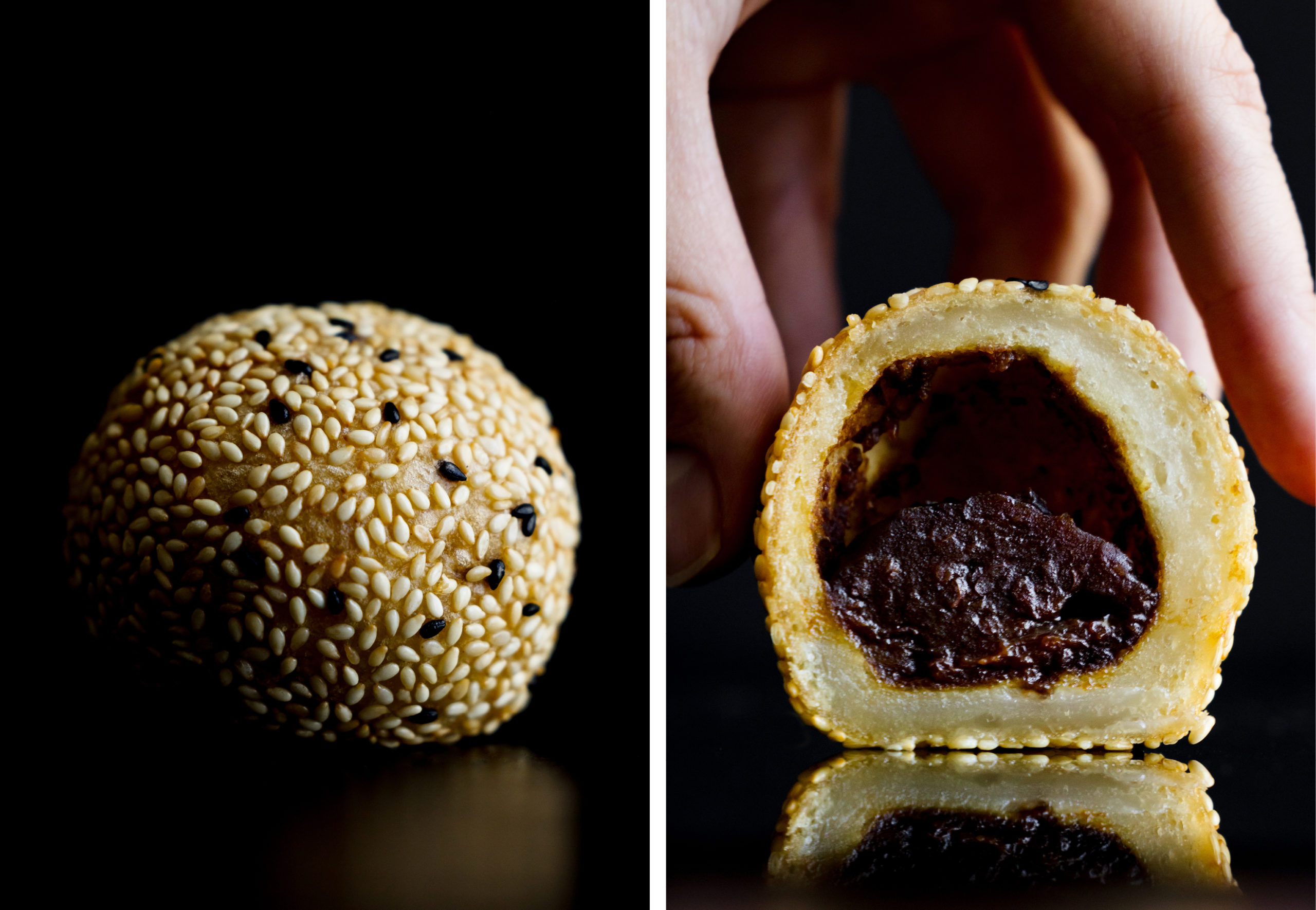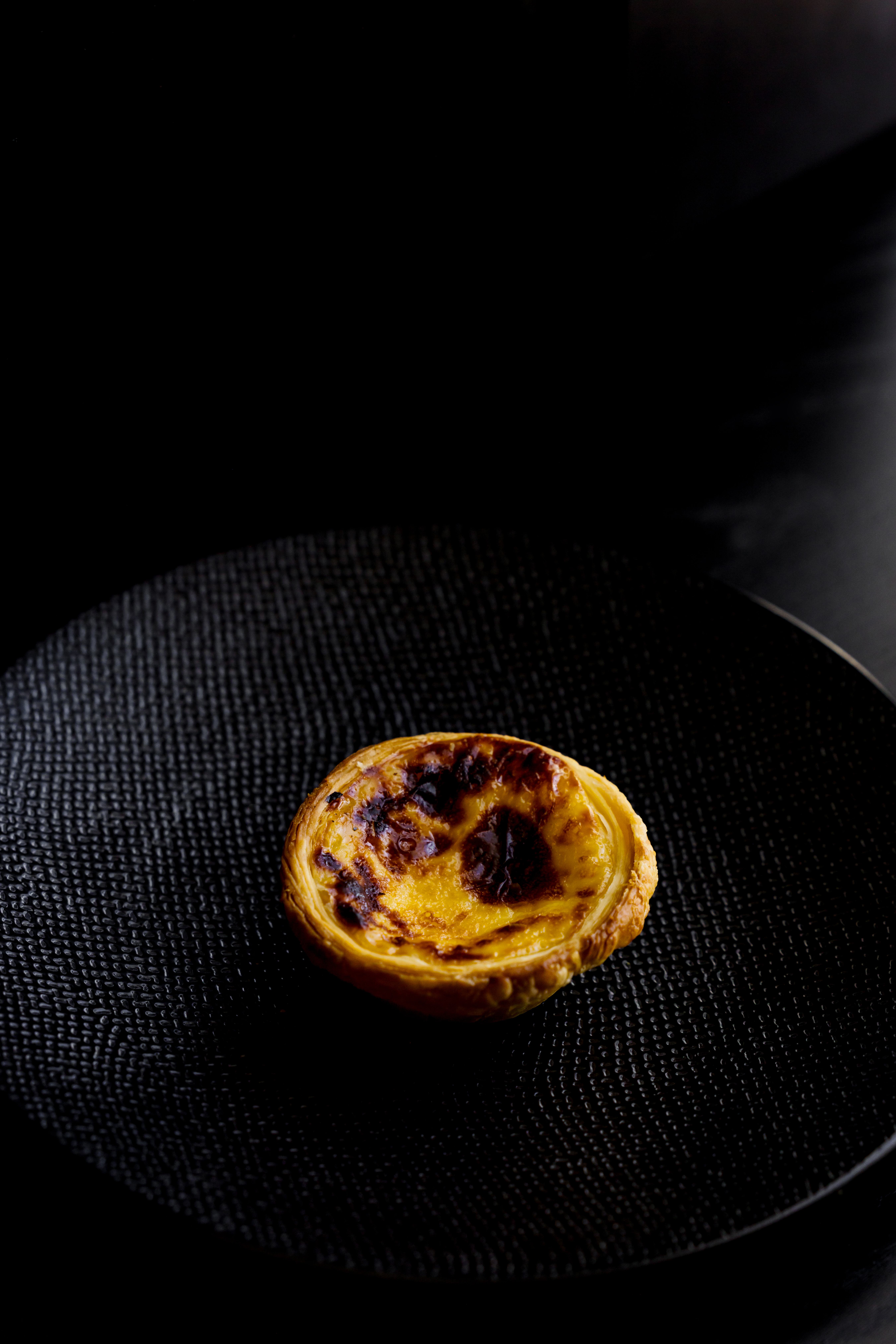
You watch as the line spilling out of Go Dim Sum regenerates with new arrivals. It seems like it does so each time a spot opens in Tucson. The wait is long, but seeing servers reward customers with paper trays of Char Siu Bao, Siu Mai, and Xiao Long Bao renews the crowd’s motivation to be patient.

News of the restaurant’s recent opening became widespread throughout Tucson and piqued the curiosity of its foodies. Newcomers to the cuisine were welcomed to experience the steamed, fried, and baked delicacies of the Hong Kong-based culinary tradition, while aficionados put it under a microscope.
Falling somewhere between novice and expert, you join the queue.
The history of dim sum goes back to the 1800s in the Chinese province of Guangdong. The Cantonese term literally means “dot heart” but lyrically translates to “hits the heart.”
Yam Cha (drinking tea) became a common pastime to Silk Road traders after opium dens were banned and teahouses became the alternative. Here, the travelers were served bite-sized dishes meant to be eaten as snacks, not to sate their appetite. Several teahouses even practiced Yat Jung Leung Jin (one cup, two pieces), with one savory and one sweet food item as accompaniment for one cup of tea.
Dim sum eventually found its way to Hong Kong and evolved into a mid-morning meal, with some establishments opening as early as 5 a.m. Many in the culinary world claim this led to the genesis of another popular concept: brunch.
The end of the rainbow leads to a large, wooden top counter at the front of the line. Rather than a pot of gold, the prize won is dim sum.
Behind it is a wall with a long, rectangular opening, tall enough to show a hanging row of order tickets but too small to reveal anything else about the kitchen. However, what isn’t seen is hinted at in the heady and sweet smells permeating the air, suggesting magic is happening on the other side of the wall.
View this post on Instagram
You’re greeted at the register and directed to look at two blackboards for the menu.
With cha as the centerpiece of dim sum, Go Dim Sum’s wide assortment of traditional and non-traditional teas is listed first on the left. The right side features their dishes.
While coffee has recently gained recognition within the Chinese community, its caffeine competitor has been in the lead for 3,500 years. To think of tea is to think of China, and to think of China is to think of tea.
Go Dim Sum offers an eclectic mix of traditional and contemporary teas and drinks to cater to various tastes.
On the traditional end are the usual suspects: Green, three varieties of Oolong, and Black.
Green is popular with those watching their weight and provides an almost grassy flavor with bitter undertones. The tea’s fermentation process is rushed by pan-frying or steaming before the leaves are dried. This extra step prevents oxidation and preserves its original flavor.
Oolong, on the other hand, is placed under direct sunlight and undergoes a lengthy oxidation process. The heat causes the tea leaves’ ends to curl and take various shapes. Depending on the way the leaves open while brewing, its flavors range from very sweet to dark with hints of wood and honey, making it the most diverse of the three options.
Black is fermented the longest, giving it a distinct coloring and bold taste. People often drink black tea as a substitute for coffee.
Is tea not your cup of tea? Opt for one of their specialty beverages instead! Choices include Taro Fresh Milk, Ruby Rose Fruit Tea, and a personal favorite, Creamy Red Bean.
Bao boasts its own rich history and is equally synonymous with Chinese cuisine as cha. Kawaii culture has given the world and the internet bao made to resemble plump cartoon pigs or Sanrio characters, but its origin is anything but cute.
A widespread legend states that a military strategist named Zhuge Liang and his army stood stranded at a river when a local barbarian told him that he must sacrifice the soldiers to pass. The man claimed to have seen others do the same and toss the decapitated heads of the offered into the waters.
Liang heard this and thought, “Hmm, that sounds excessive.”
Avoiding bloodshed, the war general took steamed wheat buns and shaped them to look like heads, appeasing the river Gods. The tale led to the creation of mantou, a name given to the steamed buns that translates to “barbarian’s head,” and later bao with the introduction of fillings. The delicacy soon spread throughout various parts of Asia, causing the multiple evolutions of the dough we see today.

Go Dim Sum’s menu lists bao popularized in Hong Kong and Shang Hai.
With rice flour more readily available in South China than wheat, Hong Kong’s version uses it to create a thin layer of bread surrounding the bao’s center. This allows components inside to shine and ooze out with the slightest bite. Take note of this when biting into a piping hot custard bun, like Lao Sa Bao (Salted Egg Yolk Custard Bun).
Shanghai contributes the most challenging bao to prepare in the form of Xiao Long Bao, or Pork Soup Dumplings. Inside a traditional Xiao Long Bao is plain pork and gelatin meat broth encased in a wrapper made of flour, salt, and water. The gelatinous broth melts inside the dumpling while steaming, producing the dish’s liquid surprise.
The beginner would rip into one and end up with a drippy soup chin after finding that the delicate wrapper tore in half and the meat fell into a sad, sloppy mess.
Not you, though. You’ll know better.
Instead, you’ll take chopsticks and pick up the dumpling from the top knot before placing it on a spoon. Doing so allows you to grab the Xiao Long Bao at its thickest part. Attempting the same anywhere else will cause it to fall apart. Next, you’ll bite the top off, release the soup’s steamy aromas and heat, then slurp the liquid gold in one gulp. You will then finish the rest with a singular bite and allow the feeling of warm satisfaction to settle into the depths of your stomach, much like a decapitated head in a river.
Too dark? Sorry a-bao that.
You’re at the end of the dim sum road. You likely ordered Siu Mai and Wontons after devouring the steamed buns, and the only remains are empty paper trays scattered on the table. The aftermath reminds you how much you’ve eaten as if the ache in your stuffed but happy stomach wasn’t already doing the job.
However, you can’t walk away from a marathon of a meal without ending it with something sweet.
Round objects correlate with unity and happiness in Chinese culture, explaining why sesame balls are nicknamed the “Smiling Face Cookie” and considered essential to any celebration.
Their creation occurred sometime during the Tang Dynasty after sugar was first introduced to China, making the sweetener a luxury only available to royals. As sugar became known to the general public, so did the spherical treats. Eventually, the recipe made its way out of the country and into other parts of Asia like Indonesia, the Philippines, and Vietnam, where they’re ubiquitously served in great banquet halls and as hawker food.

In its most basic form, sesame balls are composed of glutinous rice flour, sugar, baking soda, hot water, eggs, vegetable oil, and sesame seeds. They’re first filled with red bean or lotus paste before being shaped and dropped into a pot of hot oil. The high cooking temperature causes them to puff and creates a hollow inside with large air pockets between the filling and walls of the sesame ball. Placing them in oil that has not been appropriately tempered will result in a longer cooking time, making the rice flour greasy and unpleasant to eat.
Be prepared for a textural experience like no other when biting into the golf ball-sized treat. The mochi (rice flour) is chewy, with a crunchiness from its sesame seed coating. The dough’s flavor is mild and provides a blank canvas for the earthy nuttiness of the red bean paste filling. Though the filling is creamy, it is not entirely smooth and adds a granular finishing note to China’s happiest food.
Last on the Go Dim Sum must-have list are Portuguese Egg Tarts.
The tarts sit in a glass box on top of the counter, with its golden sheen appearing more golden under the yellow lights of the case. Unlike traditional Hong Kong-style egg tarts with shortcrust shells, the Portuguese kind comes with a flaky puff pastry with distinct layers you can count.
Compared to the other menu items mentioned above, the custard dessert is relatively new to the Hong Kong food scene and didn’t become popularized until the 1900s. However, its conception traces back to the creativity of 13th-century Portuguese monks who used egg whites as laundry starch and leftover yolk for pastries. The recipe was later sold to a sugar refinery, which could explain its slightly sweeter flavoring.

If you’ve ever had Portuguese Egg Tarts, you would expect a sprinkling of cinnamon and a hint of lemon zest in the custard. Go Dim Sum skips the two add-ons, mainly relying on the egg yolk and sugar mixture for its flavoring.
You’ve made it this far without getting much food on your clothes, but that ends here. A single bite into the flaky puff pastry causes a cascading crumb downpour onto your lap. The crunching sound from the crust seems so loud that you look around to ensure you didn’t alarm anyone sitting nearby.
The filling is eggy and smooth, palatable for those who aren’t fond of the overly sweet. If you needed proof that sometimes simple is best, this would be it.
Not bad for a treat invented as an afterthought for washing clothes.
The summer proved to be a tough few months for Tucson’s restaurant industry, but even with a quiet and relatively unpublicized opening, Go Dim Sum has flourished and become one of the season’s successes.
With a large variety of menu offerings and little risk with small portions at low prices, it’s easy to see why people are lining out the door to get a taste of the Hong-Kong style fare.
And if you find that dim sum isn’t for you, that’s ok.
You win some, you dim sum.

Go Dim Sum is located at 3504 E. Grant Rd. Hours of operation are 10:30 a.m. – 7:30 p.m. on Tuesday – Thursday, 10:30 a.m. – 8 p.m. on Friday – Sunday, and closed on Monday. For more information, visit godimsum.com.
Kim Johnston is a former preschool educator, turned mom, turned foodie with a strong passion for helping small businesses in her community. With early aspirations of becoming a writer, she attended the University of Arizona to study English literature and...